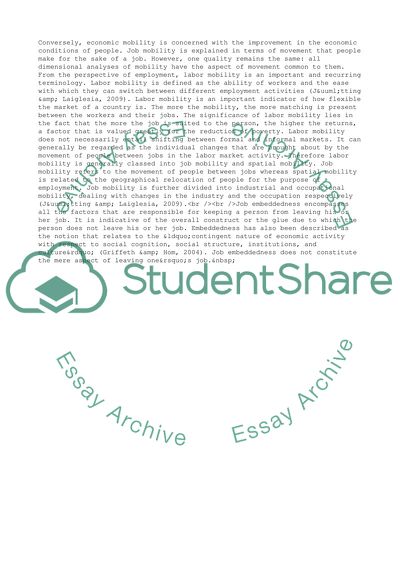Cite this document
(Self-awareness and Career Management: Mobility and Job Embeddedness Article - 1, n.d.)
Self-awareness and Career Management: Mobility and Job Embeddedness Article - 1. https://studentshare.org/management/1742525-self-awareness-and-career-management
Self-awareness and Career Management: Mobility and Job Embeddedness Article - 1. https://studentshare.org/management/1742525-self-awareness-and-career-management
(Self-Awareness and Career Management: Mobility and Job Embeddedness Article - 1)
Self-Awareness and Career Management: Mobility and Job Embeddedness Article - 1. https://studentshare.org/management/1742525-self-awareness-and-career-management.
Self-Awareness and Career Management: Mobility and Job Embeddedness Article - 1. https://studentshare.org/management/1742525-self-awareness-and-career-management.
“Self-Awareness and Career Management: Mobility and Job Embeddedness Article - 1”. https://studentshare.org/management/1742525-self-awareness-and-career-management.


